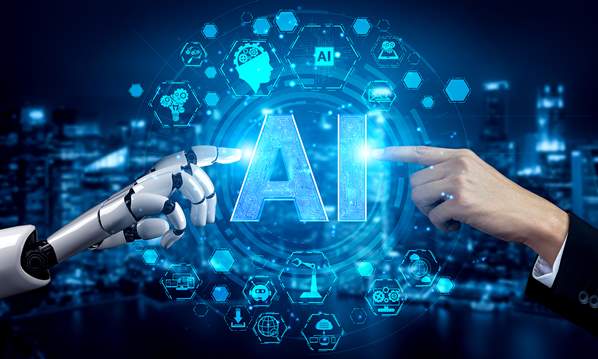
Every single business is currently facing a rather odd caveat. When you are actively involved in a specific undertaking, you are often too close to it to spot certain types of problems.
A great example was the Amazon Fire Phone. Amazon is a massive corporation with stupendous market research budgets, yet somehow, they failed to realise that nobody wants a phone that sells products to them. It was a colossal failure that may have bankrupted a smaller business.
This principle applies to customer service in equal measure. We get overly caught up in what we can do, often leaving us blind to what we should do. One of the best industry-specific examples is the advent of AI and chatbots. While the technology can help to facilitate efficiencies, it does not replicate the live “human-centered” customer service experience. With a live customer service team, you can offer assessment-based training, like FIRO certification, to assess your team’s skills and develop their understanding of interpersonal relations to improve customer satisfaction. Even though such certification is an effective way to improve your understanding of employees and promote their development, you cannot apply this approach when people are not at the center of your services.
Furthermore, these technologies seem like the holy grail of cost reduction and efficiency. Still, they have a lot of failings that one may be oblivious to should you not think beyond mere innovation, which is where suitable employees with specific personalities and skill sets become crucial. Upon reflection, the case for human interaction as industry-standard is far more robust than you may think.
Robots Don’t Have Empathy
You may disagree with this statement, citing the advances made in appropriate contextual responses. This is not the point. People know when they are dealing with a machine because your company is obliged to disclose this kind of information.
When a client calls in with a query, there is an opportunity early in the conversation to develop a rapport. This is what any competent customer service representative strives for. This rapport can turn a negative product experience into a positive customer service experience. The better this connection, the more likely a satisfactory solution s found.
Nor Do They Have Feelings
It is an unpleasant truth, but often a customer needs to vent their frustration to a company representative. Working in the industry, you will be all too familiar with this sort of interaction. It is unpleasant for the representative on the receiving end, but all is not lost. Quite often this initial contact can lead to a healthier foundation of communication.
A disgruntled customer who is forced to communicate their dissatisfaction to a bot is likely to become rather inconsolable. When someone needs to express their disdain verbally, it is helpful to have a sympathetic and professional human representative to diffuse the anger. This way, a sensitive attempt to find acceptable common ground can be found. Bots cannot fulfil this function.
Bots Are Void of Creative Thinking
One of the most common faults of chatbots and AI is that it cannot think creatively, as a valued employee can. The aspect of creativity may seem somewhat insignificant, although, the ability to reach customers creatively can make or break your chances of boosting your number of brand-loyal buyers.
The factor of creativity becomes evident when customers interacting with chatbots note a lack of engagement. While a human employee would be able to navigate customer service strategies correctly, a bot may only be able to entice the customer for a significantly short period before the customer feels undervalued. There is absolutely no doubt that human interaction is essential for businesses, especially when it comes to customer service.
So, No Bots Then?
The point we make is in favour of more human customer experience. It is rarely the case that a customer service call is placed because everything is going swimmingly, and it is in these capacities that we champion the virtues of human representatives. This does not exclude AI and bots completely; they do serve some functions that complement the human-centric approach. Utilising AI to assist with customer service factors is the best approach currently. Even though AI is developing at a rapid rate, it is highly unlikely that chatbots will be able to replace human employees any time soon.
In the interest of fundamental expediency, bots go a long way to enriching the client experience. Auto-responses are a fantastic example. When a client logs a comment or complaint, a response must be sent ASAP. Bots serve this function as they can instantly send a contextually relevant reply and assure that a representative will contact the client shortly. These intermediary functions are where we believe the future of AI and chatbots reside.




